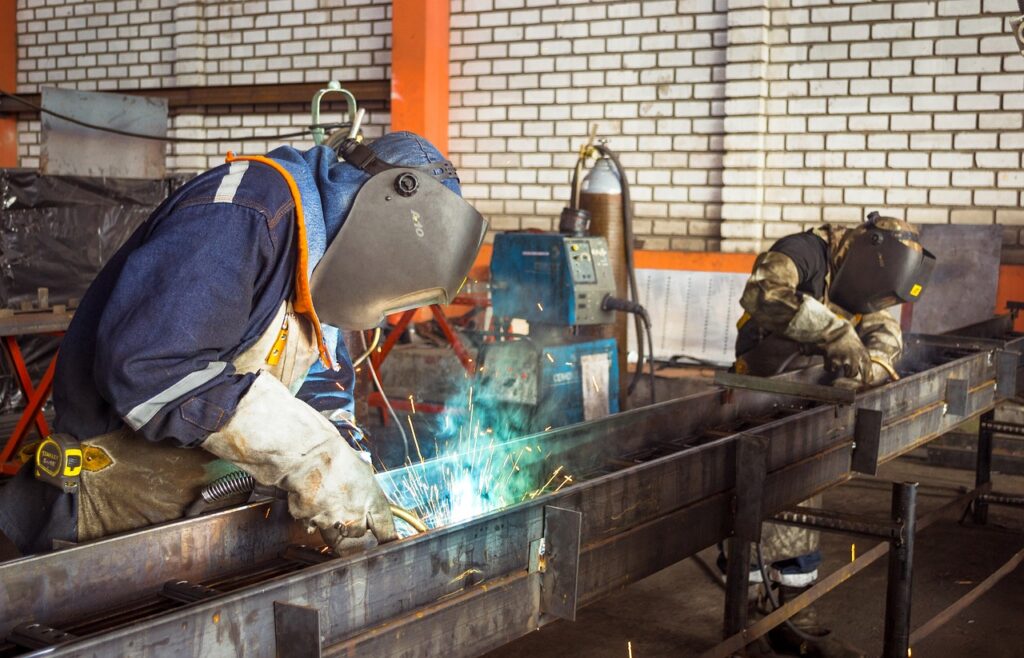Harness the Power of R&D Tax Credits for Manufacturing
Welcome to a new understanding of untapped potential, where we help you understand the power of R&D tax credits for manufacturing. Many manufacturing firms are unaware that they qualify for these incentives, but these credits could be a significant source of funding for your business.
What You Need To Know About R&D Tax Credits for Manufacturing
The government established R&D tax credits to promote innovation in industries, including manufacturing. These valuable incentives can reduce income tax liabilities and sometimes even result in a cash refund.


R&D Tax Credit Qualified Activities
The scope of qualifying activities for the manufacturing R&D tax credit is vast. You could be eligible for these credits if your manufacturing firm is involved in activities that resolve technological uncertainties or enhance existing processes or products.
Activities can include:
- Developing new or improved R&D manufacturing processes.
- Creating innovative product designs.
- Improving machinery or tools.
- Enhancing quality control methods.
It’s not solely about inventing something entirely new. Refining an existing process or product to make it better can also qualify for R&D industrial tax credits.
Trusted Four-Part Test Utilized to Qualify for R&D Tax Credits
To ascertain if your manufacturing activities are eligible for R&D tax credits, they must pass the four-part test. This includes:
- Technological in Nature: The activity should be based on principles of hard science such as physics, chemistry, biology, or engineering.
- Elimination of Uncertainty: The activity should aim to eliminate uncertainty about the development or improvement of a product or process.
- Process of Experimentation: The activity should involve a process of experimentation that aims to eliminate or resolve a technical uncertainty.
- Permitted Purpose: The outcome of the activity should be a new or improved business component.

Make the Most of R&D Tax Credits
It’s time to seize the opportunity. Don’t let potential incentives like R&D tax credits for construction or manufacturing slip through your fingers. Your firm deserves to reap the rewards of the innovative work you do.
Our team has extensive experience in helping firms identify qualifying activities and expenses and navigate the complexities of the R&D tax credit application process. We can provide numerous R&D tax credit examples to prove how much companies have benefited from this incentive.
Contact us today if you’re ready to unlock potential savings and propel more innovation in your firm. Let us help you turn your manufacturing R&D efforts into valuable tax credits.
Frequently Asked Questions
The 80% rule regarding the R&D tax credit pertains to a principle that allows businesses to include 100% of an employee’s wages in calculating the credit if they spend 80% or more of their time on research activities. This rule helps businesses maximize their expenses for the R&D tax credit.
Research and Development (R&D) activities within the manufacturing sector encompass endeavors such as exploring novel or enhanced manufacturing techniques, generating product designs, improving machinery and tools, or refining quality control methods.
R&D in the manufacturing industry involves activities aimed at creating new products or processes or improving existing ones. This encompasses a range of activities, such as the innovation of materials or technologies, the streamlining of manufacturing processes to enhance efficiency and minimize waste, and the invention of new machinery or equipment. Research and development (R&D) in the manufacturing sector aims to enhance productivity, efficiency, and product quality while catering to market demands by introducing products.
The three types of R&D are Basic Research, Applied Research, and Development:
- Basic Research: This is exploratory in nature and is conducted to increase knowledge and understanding of the fundamental aspects of a concept.
- Applied Research: This type of research is designed to solve practical problems using current technology. It involves the application of the findings of basic research to practical problem-solving scenarios.
Development: This involves systematically using the data gained from research to produce more useful materials, devices, systems, or methods.